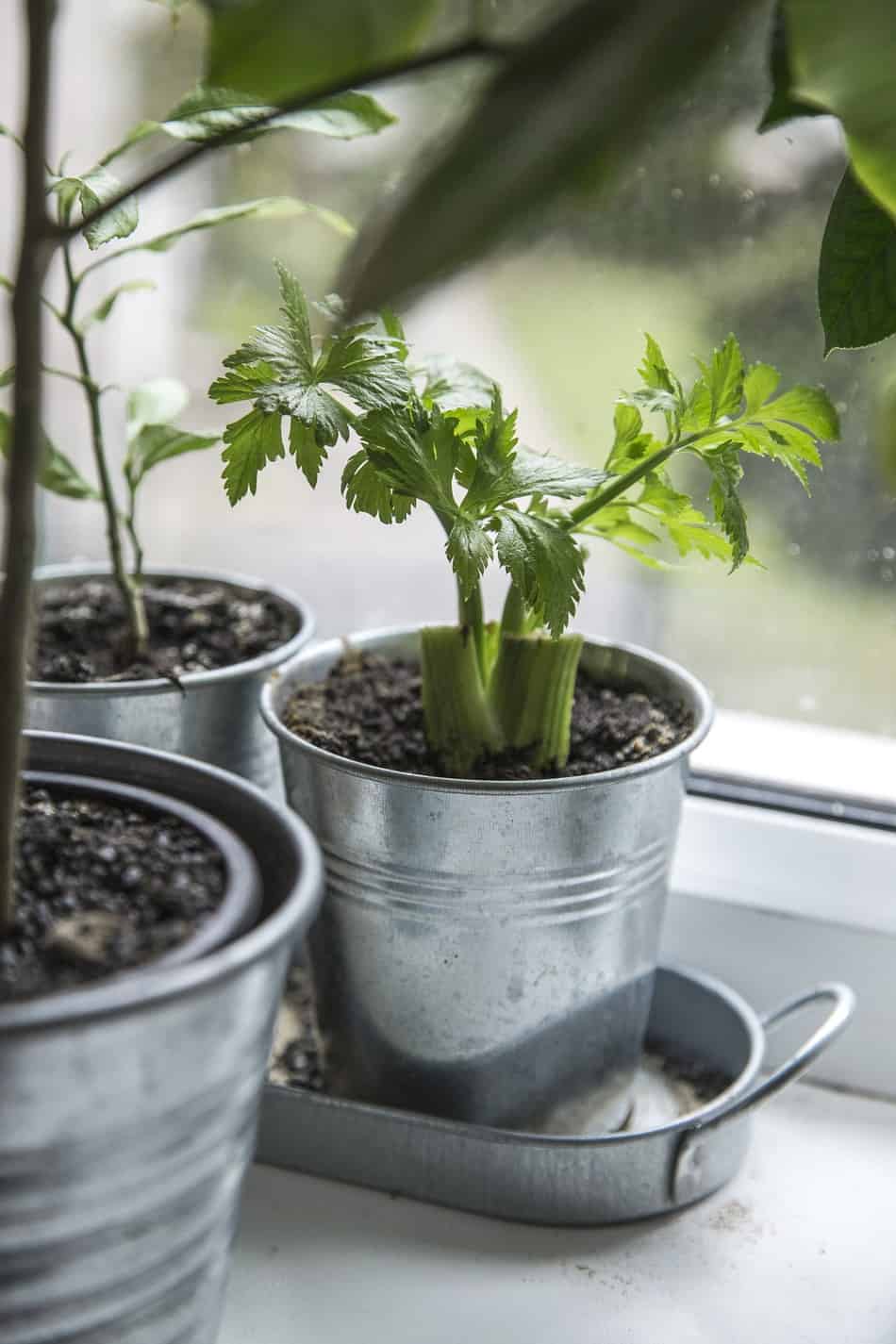What is Indoor Gardening?
With the ongoing rise in home and land prices, more families are choosing smaller home sites, condos, or higher density/lower ground space, or even retirement style community housing options. Many of these home styles do not include garden space, which has led to a surging interest in box planting or other types of indoor gardening. In addition to the smaller space argument, there are many other reasons to try indoor gardening.
On our farm, we have used indoor planting and transplanting methods for years because we live in a semi-mountain climate, and our spring can hit a little late. Additionally we see bitter spring cold snaps that can kill young seedlings. For this reason, we start all of our pepper and tomato plants indoors under a sun lamp, and transplant them to an outdoor garden once the threat of cold weather has passed.
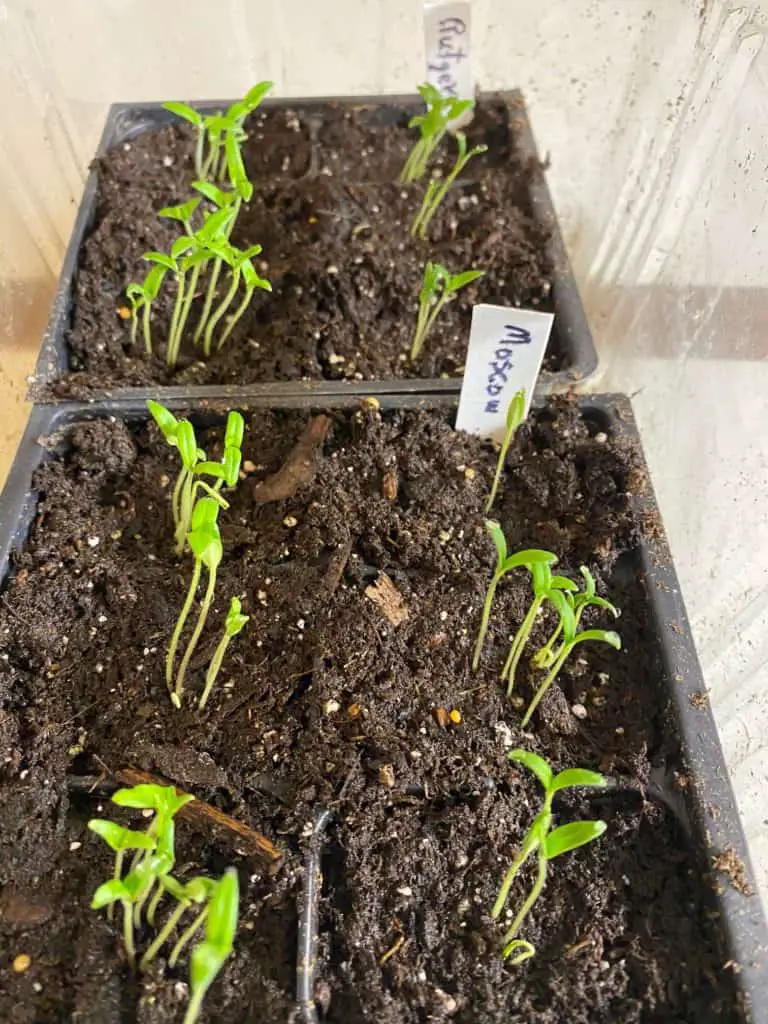
Why Should I consider Indoor Gardening?
Whether you are like us, and simply wish to extend your growing season, or you are interested in having fresh leafy greens or vegetables year round, this article will discuss the basics of starting your own indoor garden. There are numerous healthy and positive reasons to keeps plants in your home. Consider this brief list:
- Asthetics – a healthy green plant can liven up any living space
- Clean Air – plants are a natural air filter. They use CO2 and release fresh Oxygen.
- Fresh Herbs and Veggies During the Winter – Imagine the aroma of your own thyme, basil, or parsley, in fresh made meals during the cold winter months, as well as the summer.
- Save Space – Indoor gardening is an excellent alternative if you don’t have a large yard or garden spot. As stated above, you don’t need a large parcel of ground to grow herbs and vegetables. (Think window box)
- Health Benefits – Recent health studies suggest that gardening and horticultural therapy can reduce symptoms of anxiety and depression
- A good place to start your garden early – As mentioned above, if you live in an area with a short growing season, you can extend plant growth time, by starting seedlings indoors.
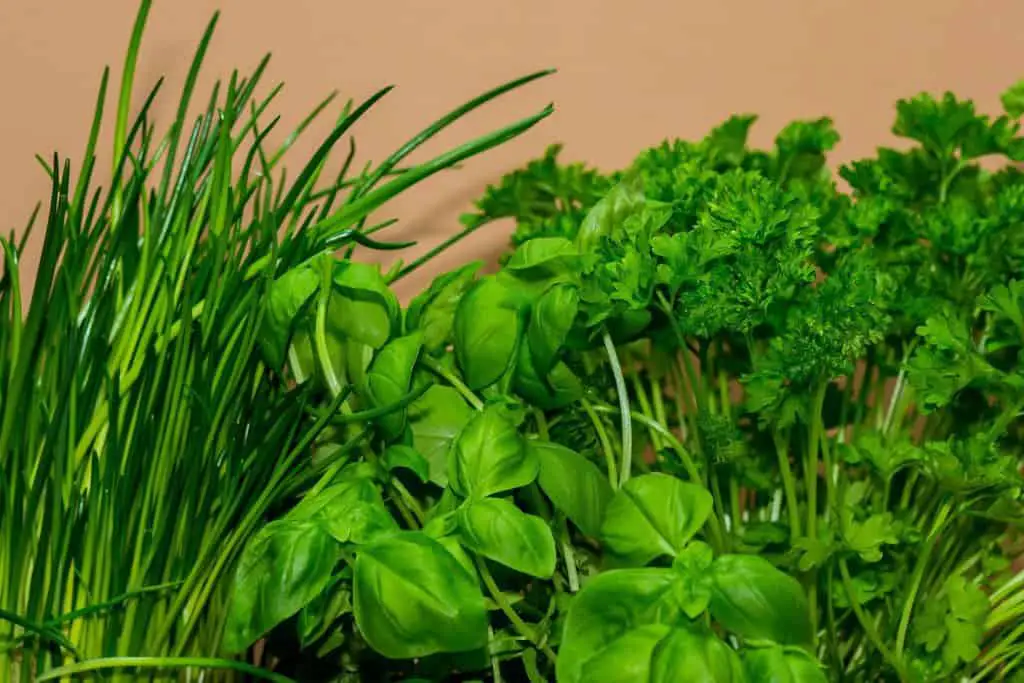
Do I Need a Special Light to Grow an Indoor Garden
- Plants need light for photosynthesis. (The process of converting Carbon Dioxide and water into food/energy, or glucose). Plants use their chlorophyll to trap and convert sunlight into their food. Without proper light therefore, a plant cannot grow appropriately.
- Plants have photoreceptors that absorb specific wavelengths of light. Any grow light needs to have the same wavelengths as the sun, which is why a regular light bulb doesn’t work.
- How much light/sunlight do plants need to grow? Depending on the type of plants you are hoping to grow, you may need to provide artificial light. Most edible plant types require 14-18 hours of light per day in order to grow. Though south facing windows may provide enough sunlight for seedlings, you will likely need artificial light in order to grow vegetables to maturity.
Types of Artificial Light
The typical lighting found in homes or buildings does little to assist with indoor plant growth. This is because traditional incandescent bulbs do not create light at the same color spectrum or intensity as the sun. There are three major or common grow lights to consider when beginning your indoor garden or grow box. 1. Flourescent grow lights; 2. LED grow lights; and 3. HID grow lights. For an in depth discussion regarding the differences in specific grow lights, read THIS article. For the purpose of this current article, however, just know that unless you have a large south-facing window that can provide direct light for at east 13 hours per day, you will not be able to produce flowers or fruit yielding plants.
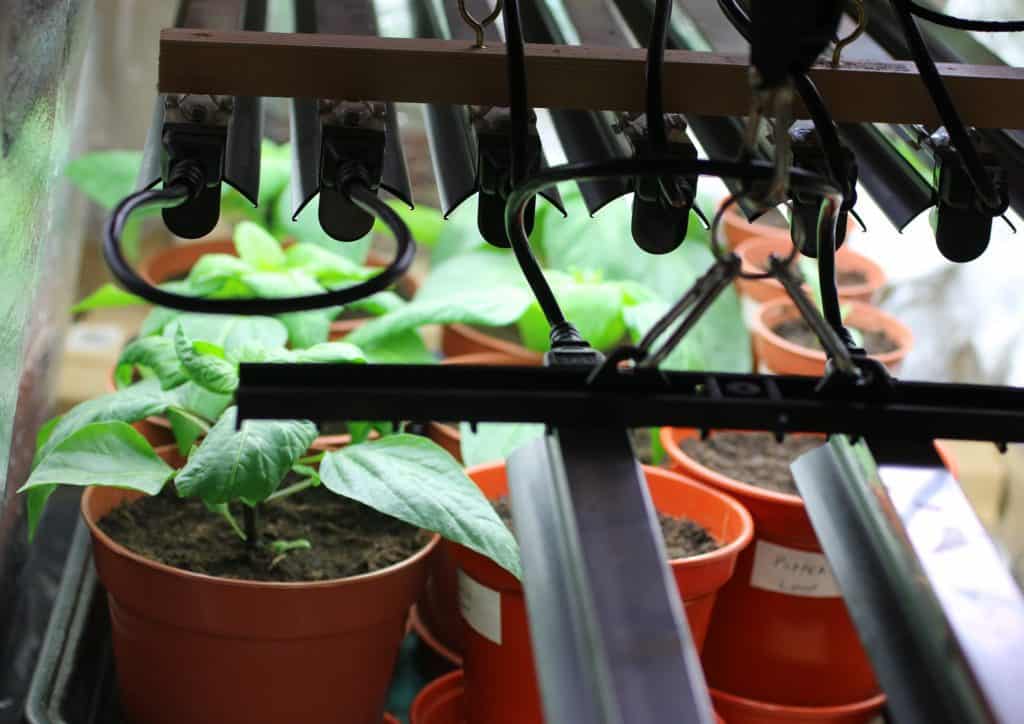
- Fluorescent Grow Lights: Perhaps the most readily available for indoor gardening, are fluorescent grow lights. Florescent bulbs are typically denoted T12, and will be fine for starting seeds, however, because they have a weak intensity level will need to be placed within a few inches of the foliage you are growing in order to have any effect.
- LED Grow Lights (Light Emitting Diode): LED grow lights are quite a bit more expensive than fluorescent bulbs, however they use half the electricity. The typical LED light you will find at the local hardware store is not sufficient in intensity to assist plant growth, however they do make special LED grow bulbs. LED grow lights are actually a grid of many (hundred or thouasand) smaller light emitting diode chips that can produce narrow ranges of color, or wavelengths. Typically LED light chips are combined to maximize the spectrum of light desired. They produce a less intense light, and operate at a lower temperature than fluorescent or HID lights.
- HID Lights (High Intensity Discharge): HID lights are known for their high light output and brightness as well as cost-efficiency. Though some argue they are not as effective as LED grow lights, they are significantly cheaper, and thus may help cut your bottom line. That being said, because HID lights burn hotter, you may end up paying more in air conditioning to keep your grow operation from overheating.
What can I Grow Indoors?
There are a variety of plants that can be grown indoors, and will thrive and mature under artificial light. Additionally, if you have a small space, there are various plants that can mature犀利士 in small spaces or containers. Planning what to grow and how you will grow it is almost as fun as watching your plants sprout and mature.
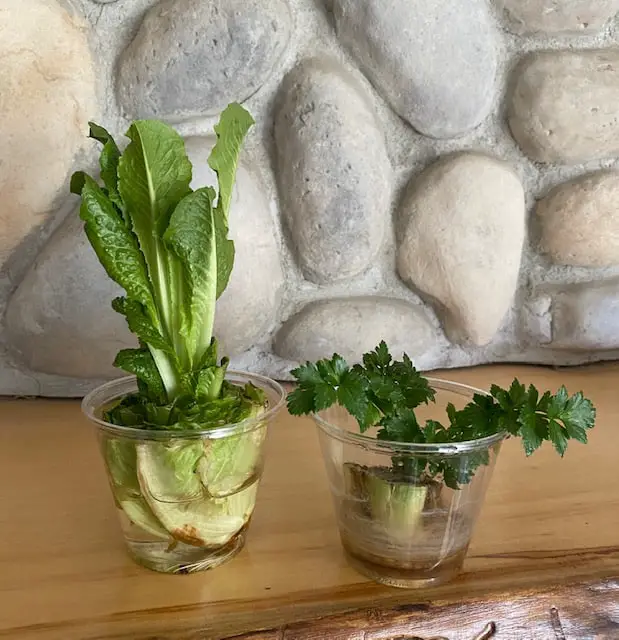
- Leafy greens, and herbs, are a fantastic choice for growing indoors, or for windowsill gardening. Some of my favorite herbs to grow in small spaces include chives, oregano, rosemary, thyme, parsley, mint, basil, and sage. Several of these herbs will grow well from seeds, while others will grow from cuttings. For more information regarding my favorite herbs for indoor planting, read HERE.
- Remember, different plants have different lighting needs. For example, succulents, cacti, and herbs have less of a need for sunshine than chives or peppermint. Some vegetables are popular with indoor growers because they don’t require full sunlight. (or can grow in the shade). These include beets, carrots, beans, Chinese cabbage, spinach, potatoes, broccoli, cauliflower, asparagus, peas, celery, and mustard greens, just to name a few.
- Additionally, don’t forget that seeds are now widely available online. A lot of lesser known, and less popular plants will not be available in stores, so you will need to start with seeds. It is worth taking advantage of online or mail order seed catalogs.
What Kind of Soil Should I use?
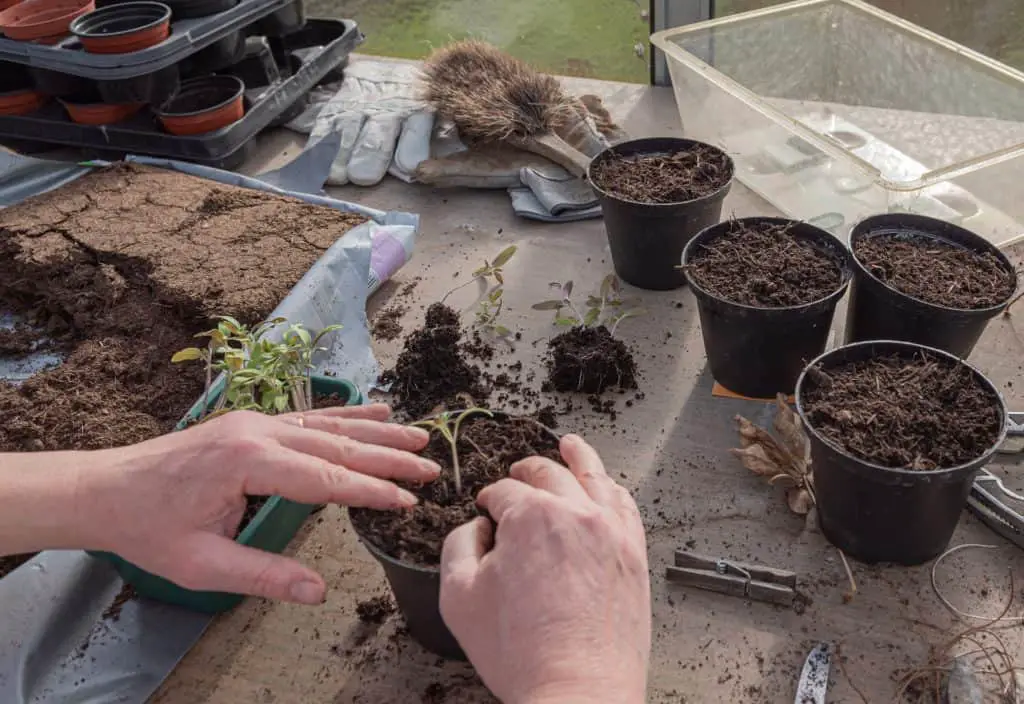
Pepping the soil for indoor gardening is often much easier than preparing an outdoor garden simply because of the amount of space you will be dealing with. Additionally, with indoor gardening, it is up to you give your plants everything they need, including nourishment, as well as water and sunlight. Just as important as with outdoor gardens, soil is critical to the success of indoor plants as well. You will want to choose a growing medium that holds water, allows root growth and provides nutrients needed for plant growth.
You will also want to ensure that your growing containers have good drainage availability, and will allow enough room for root growth. We recommend starting your indoor garden with a good quality sterile potting mix, as opposed to garden or outdoor soil. Starting with a new mix will help avoid the transmission of pests or diseases from other plants. We recommend using Organic potting mix such as Espoma Organic Potting Mix HERE or Miracle Grow Expand n’ Grow Mix HERE.
These mixes can be used for indoor plants, and then outdoors if you choose to transplant, and can hold up to 50% more water than basic potting soil. These potting mixes will also expand ina manner that allows for oxygenation of your plant’s the root system.
How Big Should My Grow Box Be? What can I use to Plant in?
When you begin your indoor garden, you will want to group your plants together according to their light needs, and mature plant size. This information is typically found on seed packets or plant tage is purchased from a nursery. Your indoor plants will need growth containers that allow room for root growth as well as drainage holes. The size will differ with each plant you choose to grow. For example, with our tomato plants, we typically begin with the garden or nursery beginner 2×3 inch soil packs. After a few weeks of growth however, we transplant each tomato plant into its own plastic “solo” cup for a few more weeks, before eventual transplantation into the garden.
For our leafy greens, we use 8-10 inch plastic window boxes, like THESE, but really, any box with a deep enough base and drainage allowance will be fine. We also keep each plant in its own container , so we can move the plants if needed for better light, or simply for accessibility.
What kind of Space are you working with?
A lot the questions regarding how much soil, or what type of box you will use will be determined as you decide how big your grow area will be. My husband and I have a windowsill garden that we have maintained for years, as well as a raised garden for herbs on our back porch. As mentioned above, we also use plastic tubs and cups for transplanting tomatoes and peppers during the spring.
There are many wonderful windowsill garden starter packets available online, and several like THIS ONE, that include seed packets of herbs, potting soil, sheering tools, and planting box. Others, like THIS ONE, may even include the grow light.
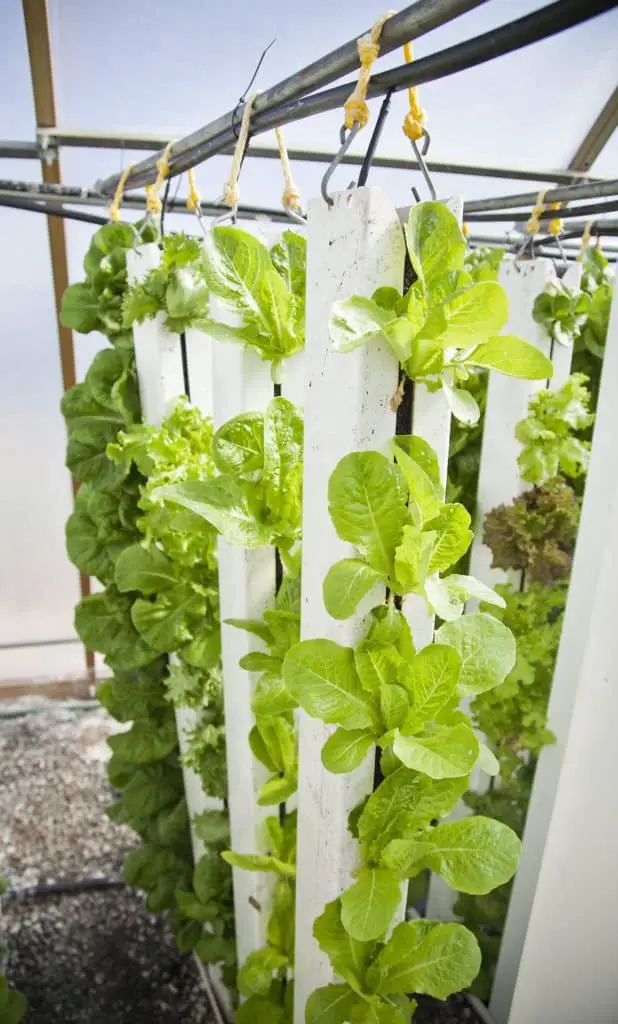
We’re pretty old fashioned at our place however, and have simple window boxes, and our own set up for fluorescent lights. No matter how you choose to proceed, we recommend just getting started. Once you have your space set up, you will be amazed at how much your entire family will enjoy watching your plants grow from day to day, and year to year. The benefits of indoor gardening, whether for leafy greens, vegetables, or herbs is incredibly rich and rewarding.

